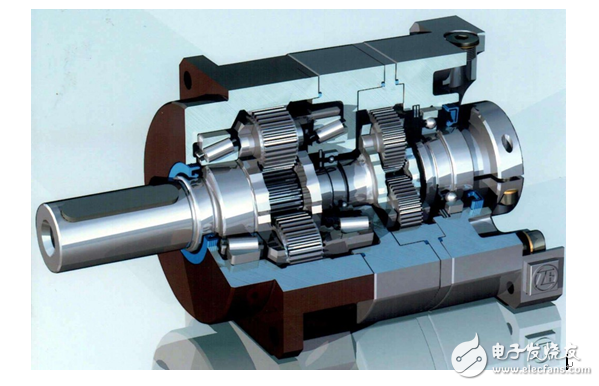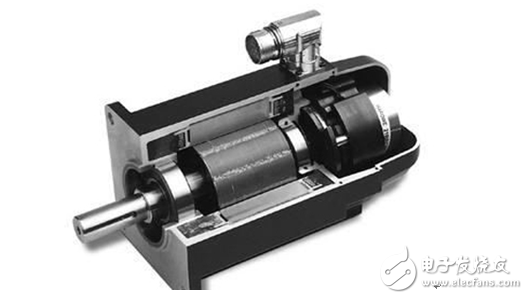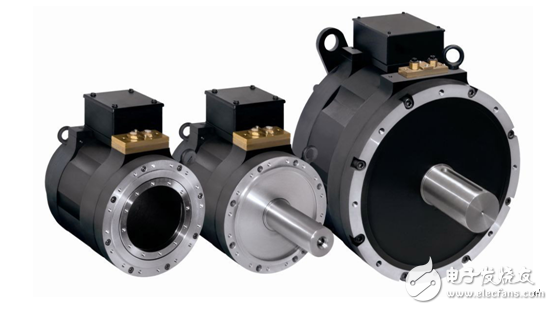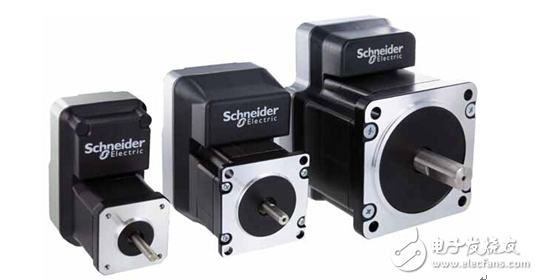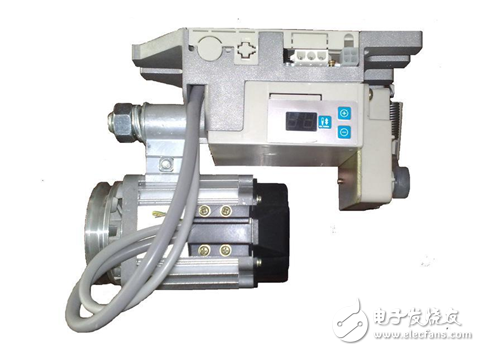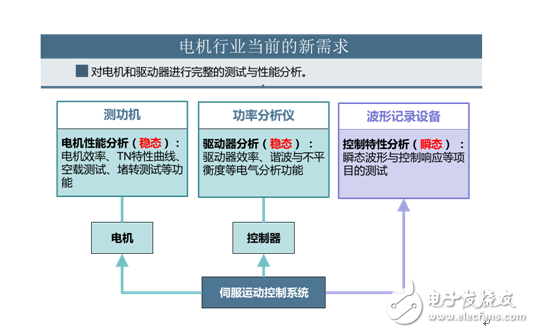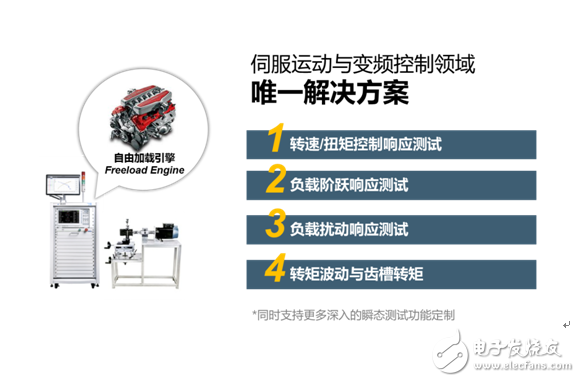Modern AC servo systems, after undergoing a transition from analog to digital, have their internal digital control loops ubiquitous, such as commutation, current, speed and position control; their implementation is mainly through new power semiconductor devices, like high performance. It is not surprising that DSP plus FPGA and even servo-specific modules. And the new power devices or modules will be updated every 2 to 2.5 years, and the new software algorithms will be changing with each passing day. The servo products of international manufacturers will be updated every 5 years. In short, the product life cycle is getting shorter and shorter. faster and faster. Summarizing the technical routes and product routes of servo manufacturers at home and abroad, combined with changes in market demand, we can see the latest development trends of some servo motor systems: High efficiency Although efficiency has always been an important development issue for servo systems, it still needs to be strengthened. It mainly includes the high efficiency of the motor itself: for example, the improvement of the performance of the permanent magnet material and the better design of the magnet mounting structure; and the high efficiency of the drive system: including the optimization of the inverter drive circuit, the optimization of the acceleration and deceleration motion, and the regeneration system. Dynamic and energy feedback and better cooling methods. Direct drive The direct drive includes a rotary table servo drive using a disc motor and a linear servo drive using a linear motor, which eliminates the transmission error of the intermediate mechanical transmission device (such as a gearbox), thereby achieving high speed and high positioning accuracy. The linear motor is easy to change its shape, which enables miniaturization and weight reduction of various devices using linear linear mechanisms. High speed, high precision, high performance High-precision encoders, higher sampling accuracy and data bits, faster DSPs, high-performance rotating motors without cogging, linear motors, and modern control strategies such as adaptive, artificial intelligence, The basic indicators (control speed, control accuracy) of the servo system are continuously improved. Integration and integration The vertical integration of electric motors, feedback, control, drive and communication has become a development direction of current low-power servo systems. Sometimes we call this kind of motor with integrated drive and communication called intelligent motor. Sometimes we call the integrated motion control and communication drive intelligent servo drive. The integration of motor, drive and control allows the three to be more closely integrated from design to manufacturing to operation and maintenance. But this approach faces the challenge of greater technical challenges and the habits of engineers, so it is difficult to become mainstream and is a small and distinctive part of the entire servo market. Universal The universal driver is equipped with a large number of parameters and rich menu functions, which is convenient for the user to set V/F control, speed sensorless open-loop vector control, closed-loop flux vector control, permanent magnet without changing the hardware configuration. Brushless AC servo motor control and regenerative unit, five working modes, suitable for various occasions, can drive different types of motors, such as asynchronous motor, permanent magnet synchronous motor, brushless DC motor, stepper motor, can also adapt to different The sensor type does not even have a position sensor. The semi-closed loop control system can be constructed using feedback from the motor itself, or it can be constructed with an external position or speed or torque sensor to form a high precision full closed loop control system. Intelligent Modern AC servo drives are equipped with parameter memory, fault self-diagnosis and analysis functions. Most imported drivers have load inertia measurement and automatic gain adjustment functions. Some can automatically identify the motor parameters and automatically determine the encoder zero position. It can automatically suppress vibration. Combining control functions such as electronic gears, electronic cams, simultaneous tracking, and interpolation motion with drivers provides a better experience for servo users. Networked and modular The integration of fieldbus and industrial Ethernet technologies, and even wireless networking technologies into servo drives, has become a common practice for European and US manufacturers. The important direction of the development of modern industrial LAN and the focus of competition of various bus standards is how to adapt to the requirements of high-performance motion control for real-time, reliability and synchronization of data transmission. With the increasing demand for large-scale distributed control devices in China and the successful development of high-end CNC systems, the development of networked digital servos has become a top priority. Modularity refers not only to the combination of servo drive modules, power modules, regenerative braking modules, and communication modules, but also to the modularity and reusability of the internal software and hardware of the servo drives. From troubleshooting to predictive maintenance With the continuous development of machine safety standards, traditional fault diagnosis and protection technologies have fallen behind. The latest products are embedded with predictive maintenance technology, enabling people to timely understand the dynamic trends of important technical parameters and take preventive measures. For example, pay attention to the rise of current, evaluate the peak current when the load changes, monitor the temperature sensor when the temperature of the outer casing or core rises, and be alert to any distortion of the current waveform. Specialization and diversification Although there are general-purpose servo product families on the market, servo systems specially designed and manufactured for a specific application are everywhere. The use of magnetic materials with different properties, different shapes, different surface bonding structures and embedded permanent magnet rotor structures has emerged. The use of split core structure technology in Japan has enabled the production of permanent magnet brushless servo motors to achieve high efficiency and large Batch and automation, and caused research by domestic manufacturers. Miniaturization and large size Whether it is a permanent magnet brushless servo motor or a stepper motor, it is actively developing to a smaller size, such as 20, 28, 35mm outer diameter; at the same time, it is also developing a larger power and size model, and has seen 500KW permanent magnet servo. The appearance of the motor. It reflects the tendency to develop towards polarization. The test method is also improving Different from the traditional motor test, the performance of the servo motor is mainly reflected in the control speed and control accuracy. This has a problem: the traditional motor test method is only for the motor, and the control characteristics of the servo system cannot be analyzed. In response to this situation, the MPT hybrid motor test system can load the test motor continuously and dynamically by free loading engine technology to realize the simulation of the working condition of the tested motor in the real environment, so that the corresponding motor and control can be carried out. Various tests such as dynamic response control, actual working condition simulation and aging allow the motor test to enter the dynamic era and meet the testing requirements of the current servo motion system industry for motion control related projects. Novastar LED Display Control System Novastar LED Display Control System,Regular Class B with Novastar,Receiving Card Class B,Led Display Receiving Card Class B Shenzhen Macion Optoelectronics Technology Co.,Ltd. , https://www.macion-led.com